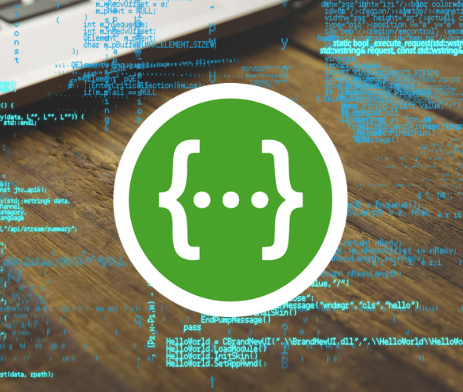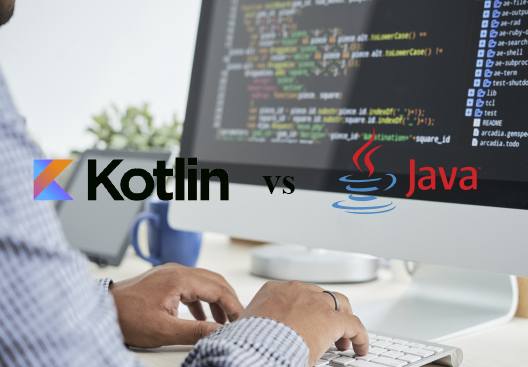
Understanding the Crucial Differences: User Message-Level Encryption vs JSON Web Encryption

In the dynamic landscape of data security, where the protection of sensitive information is paramount, encryption plays a pivotal role. Two prominent encryption techniques often used in the realm of secure communication are User Message-Level Encryption and JSON Web Encryption (JWE). While both share the common goal of safeguarding data, they differ significantly in their approach and applications.
User Message-Level Encryption: A Holistic Approach to Security
Definition: User Message-Level Encryption involves the comprehensive encryption of an entire message or payload at the application layer. This includes not only the core content of the message but also any accompanying headers or metadata.
Use Case: The primary use case for User Message-Level Encryption arises in scenarios where end-to-end encryption is essential. This implies that only the designated recipient should have the capability to decrypt and access the original message. This level of security is particularly crucial in situations where privacy and confidentiality are non-negotiable.
Implementation: User Message-Level Encryption can be implemented using a variety of encryption algorithms, whether symmetric or asymmetric, depending on the specific security requirements of the communication. The recipient, in this case, needs the corresponding key to decrypt the received message.
JSON Web Encryption (JWE): Tailored for JSON Data Structures
Definition: JSON Web Encryption (JWE) is a standardized approach specifically designed for securing the content of JSON objects. It outlines a compact representation for encrypted content and sets the standard for the encryption and decryption of JSON-based data structures.
Use Case: The primary use case for JWE is in web applications and services where JSON serves as the standard data interchange format. JWE allows for the secure transmission and storage of JSON data, catering to the unique requirements of this widely used data format.
Implementation: JWE defines a set of cryptographic algorithms for encrypting and decrypting the content. It typically involves encrypting both the payload and any additional information necessary for decryption, such as details about the encryption algorithm and key information.
Choosing the Right Approach:
- Scope of Protection:
- User Message-Level Encryption: Offers a more holistic protection by encrypting the entire message, including metadata.
- JWE: Specialized for securing the content of JSON objects, ensuring the integrity of data in transit.
- Use Case Specificity:
- User Message-Level Encryption: Ideal for scenarios demanding end-to-end encryption and stringent privacy measures.
- JWE: Tailored for web applications and services utilizing JSON as the data interchange format.
- Implementation Complexity:
- User Message-Level Encryption: May involve more complex implementations, especially in asymmetric encryption scenarios.
- JWE: Provides a standardized format and algorithms specifically designed for JSON, simplifying implementation for compatible systems.
Conclusion: Balancing Security and Practicality
In the realm of secure communication, the choice between User Message-Level Encryption and JWE depends on the specific requirements of the system. User Message-Level Encryption offers a comprehensive approach suitable for scenarios demanding heightened security, while JWE provides a tailored solution for those dealing with JSON data structures.
Ultimately, the decision should be guided by a careful consideration of the nature of the data, the desired level of security, and the practicalities of implementation. In some cases, a combination of both techniques might be employed to create a robust and versatile security architecture, ensuring that data remains confidential and integral throughout its journey in the digital landscape.



